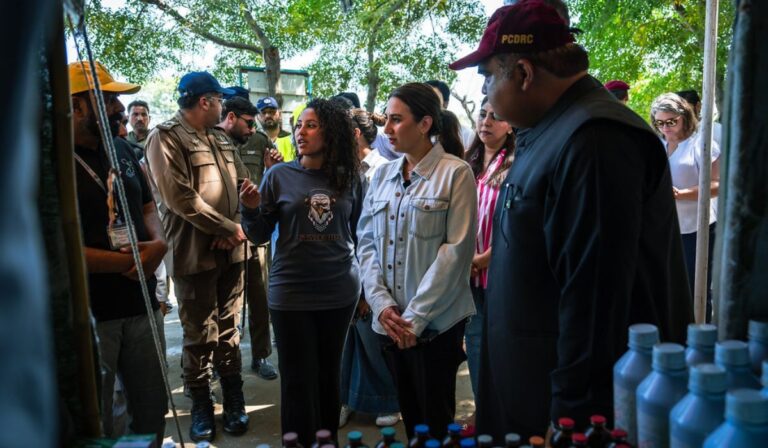World Bank Flags Alarming Rise in Pakistan Poverty
Pakistan is facing a deepening poverty crisis, with the World Bank reporting that nearly one in four citizens now lives below the poverty line.
The latest figures issued by WB show poverty climbing sharply over three years, rising from 18.3% in 2022 to 25.3% in the 2024-25 period.
This reversal comes after years of consistent improvement, with poverty steadily declining between 2001 and 2015 before slowing down and eventually turning upward after 2022.
World Bank Country Director Bolormaa Amgaabazar described the findings as troubling, warning that economic hardships are eroding previous progress in poverty reduction.
The report highlights that 57% of earlier poverty reduction was driven by non-agricultural income sources like remittances, with agriculture contributing just 18%.
Despite modest income growth between 2011 and 2021, structural weaknesses persist, with 95% of Pakistanis in the informal sector and 85% in low-paying jobs.
Read More: Cooking Oil, Ghee Prices Soar to Record Highs
COVID-19 and economic shocks since 2020 have compounded difficulties, while the absence of household surveys since 2018-19 has created major data gaps.
The World Bank also questioned official urbanisation data, estimating 60–80% of Pakistanis live in cities, compared with the government’s 39% figure.
Last week, Weekly inflation in Pakistan tracked by SPI, dropped 1.34% for the combined consumption group during the week ending September 18, PBS reported.
The SPI was recorded at 330.84 points against 335.35 points last week, reflecting a weekly decrease but still marking an annual rise of 4.17%.
Major declines were seen in tomatoes, chicken, electricity charges, bananas, and wheat flour, while diesel, eggs, rice, and sugar registered notable increases across monitored markets.
The SPI, covering 17 cities and 51 key items, measures price changes across all income groups, providing a snapshot of inflationary trends nationwide.






